


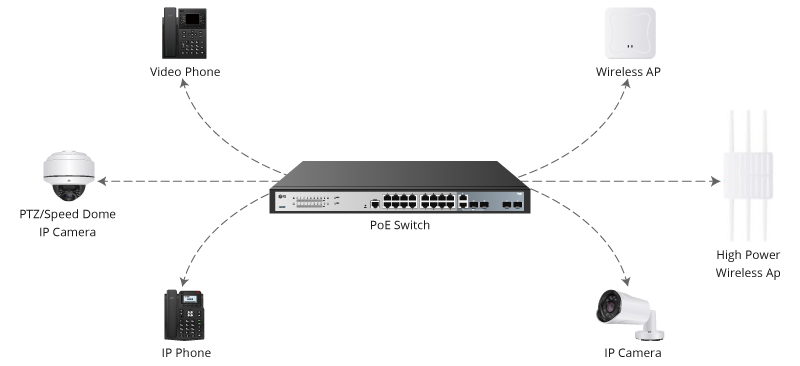

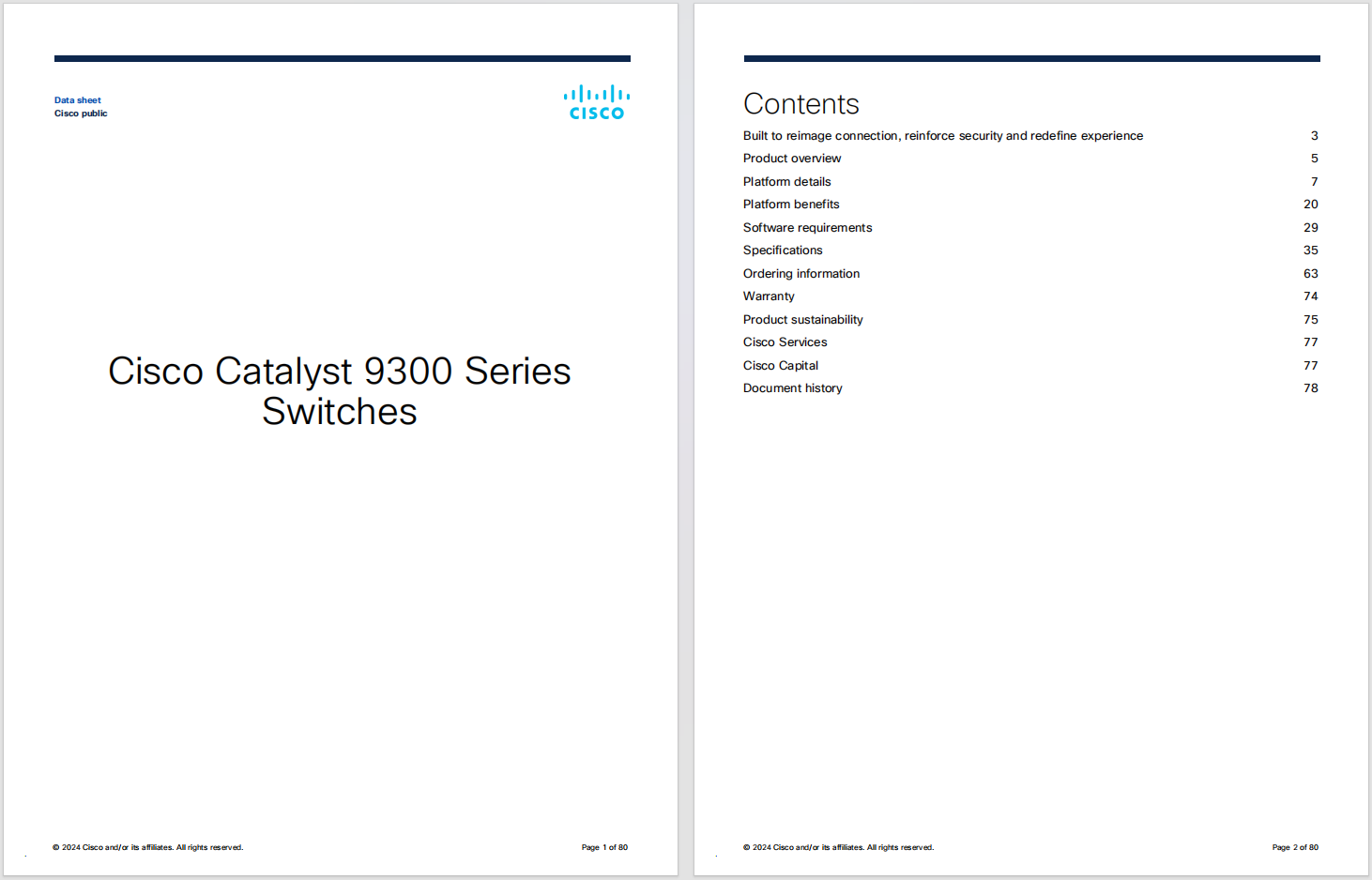



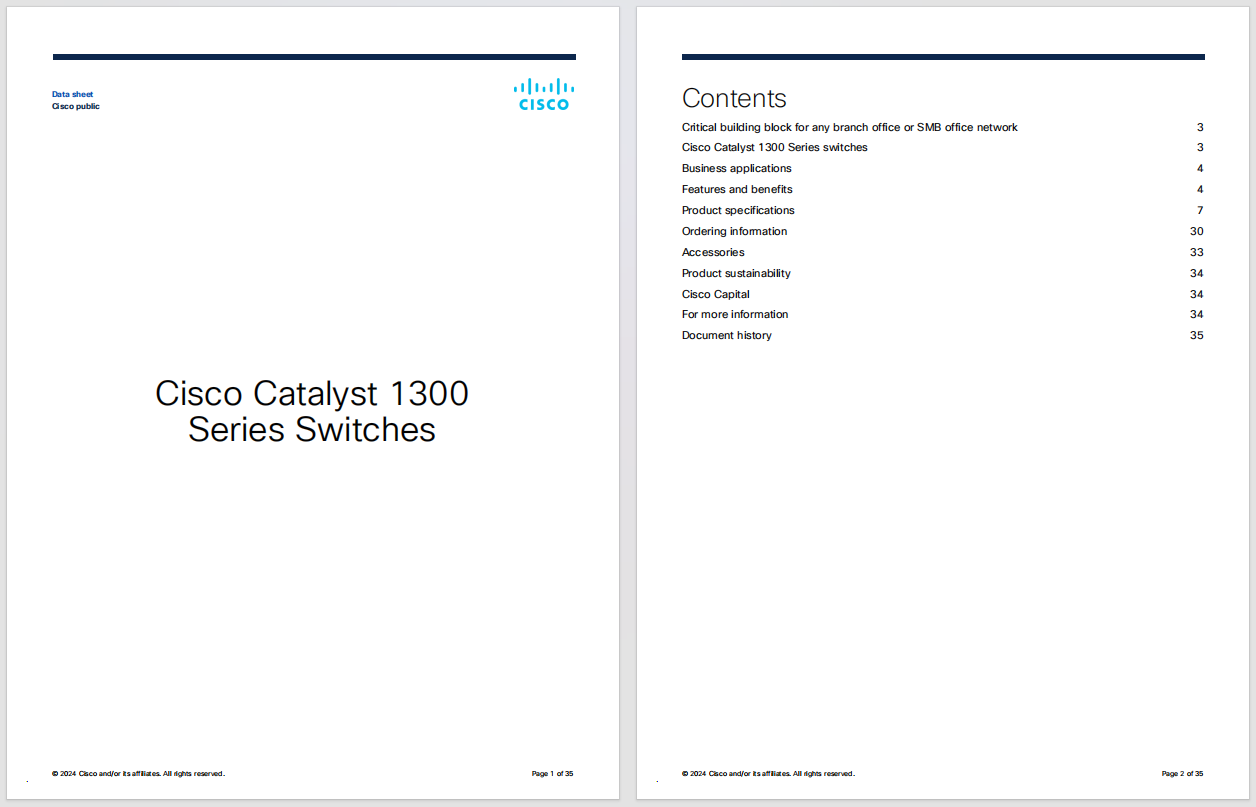





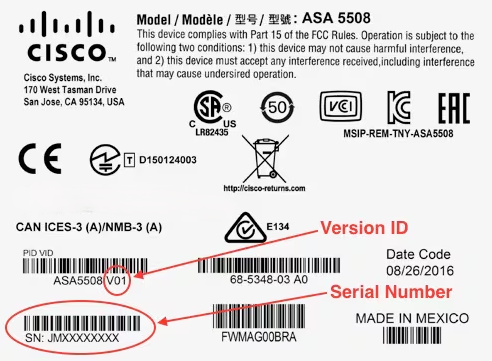










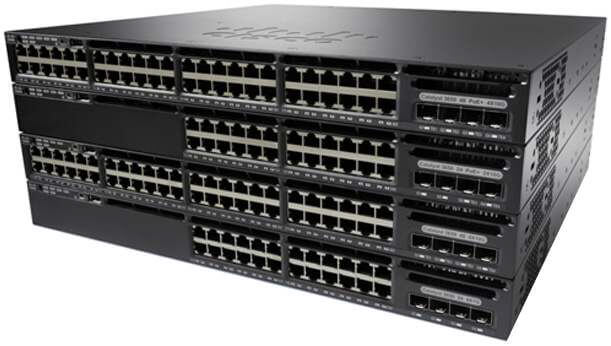
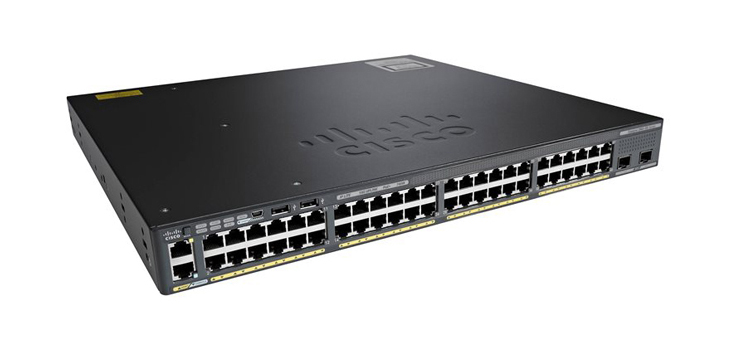



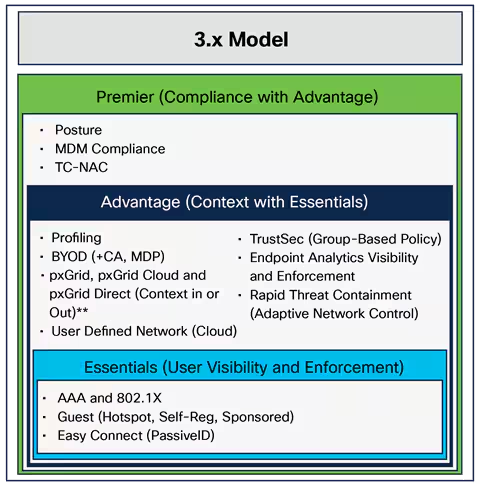
Cisco was listed with the largest revenue in the recently released worldwide market share for SD-WAN equipment. Cisco's market share was 16.2% in Q2 2019, increasing from 14.6% in Q1 2019. The details are covered in the September 2019 report titled "Market Share: Enterprise Network Equipment by Market Segment, Worldwide, 2Q19."
As head of global marketing at Viptela, one major milestone that Viptela achieved (before the acquisition) was driving the penetration within Fortune 500 companies. Surprisingly many of those early adopters were healthcare and financial companies, typically the most conservative. But such was the testament of the technology meeting their compliance needs. Now Cisco SD-WAN powers 70% of the Fortune 100 deployments.
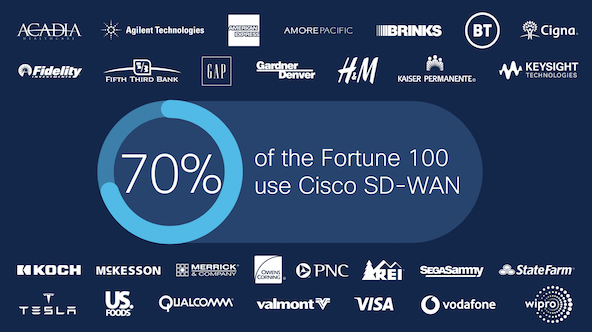
There has been a steady cadence of big milestones on Cisco SD-WAN. In 2018, Viptela was fully integrated into the IOS XE software that powers the flagship routing architectures. And later that year, Cisco led the industry with comprehensive security integration into SD-WAN with the Umbrella architecture. Combined with the Meraki solution, Cisco can now address the full range of enterprise requirements.
On the customer front the milestones have been even more commendable. Cisco SD-WAN now drives many large enterprises with deployments over 1000 sites, including CircleK a retailer with more than 15,000 locations. At CiscoLive 2018, CircleK was migrating at a stunning 500 locations per month to SD-WAN. This makes Cisco SD-WAN technology stand out in terms of scale.
But the full power of this integration was on display when I took the stage to deliver the keynote with Anthony Wild from Johnsonville Sausages at the ONUG 2019 conference in NYC. The company actually did a live cut-through from traditional WAN to SD-WAN globally. But more importantly, Anthony executed the transformation on his existing Cisco ISR routers that had been running in his network for five-years. This showed the power of how software is transforming rigid areas of infrastructure. But for Anthony this was just a step in his Intent-Based Networking vision journey. Anthony seems to really "dislike operational siloes".
 Hot Tags :
Cloud Security
Cisco Umbrella
Cisco SD-WAN
Top 2019 Posts
Gartner SD-WAN
Hot Tags :
Cloud Security
Cisco Umbrella
Cisco SD-WAN
Top 2019 Posts
Gartner SD-WAN